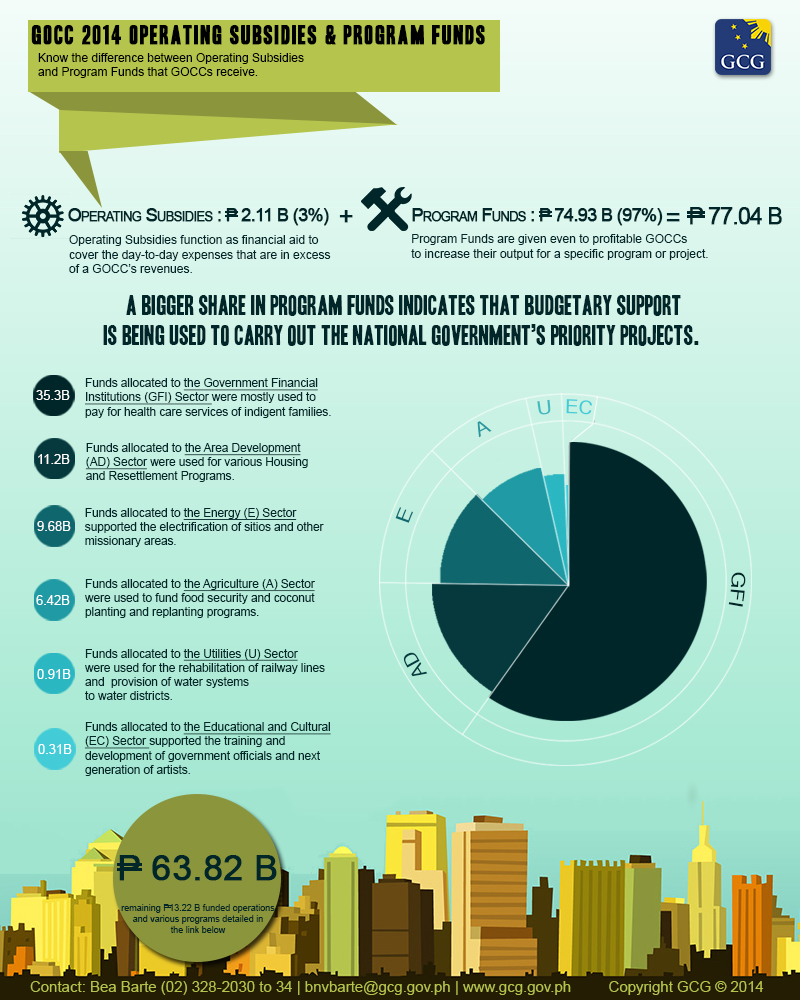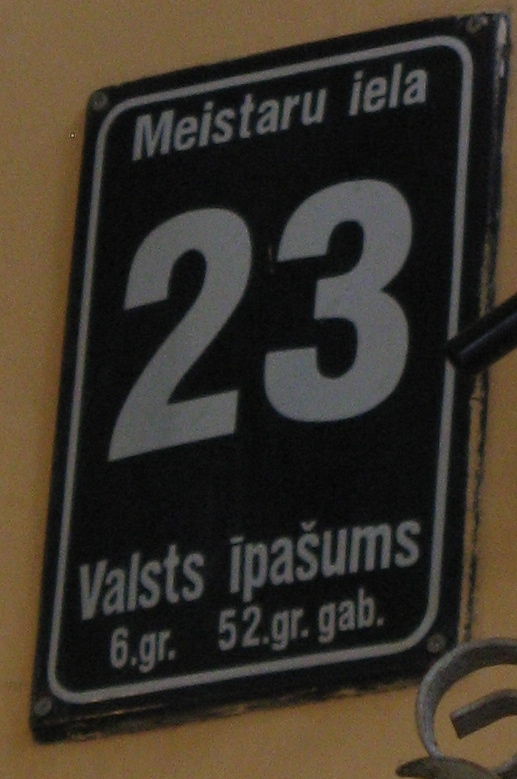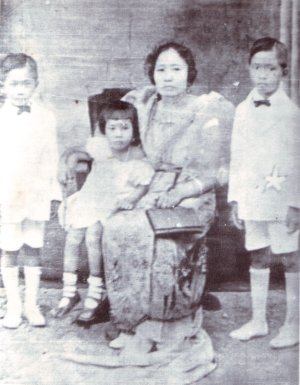|
Pag-IBIG Fund
The Home Development Mutual Fund (HDMF), commonly known as the Pag-IBIG Fund (acronym of its Filipino name: ''Pagtutulungan sa Kinabukasan: Ikaw, Bangko, Industriya at Gobyerno''), is a government-owned and controlled corporation under the Department of Human Settlements and Urban Development of the Philippines responsible for the administration of the national savings program and affordable shelter financing for Filipinos. History Pag-IBIG Fund was founded by virtue of Presidential Decree No. 1530 which was signed by President Ferdinand E. Marcos on June 11, 1978, to answer the national need for savings program and affordable housing financing. Its original purpose was solely as a provident fund to encourage savings among Filipinos. By March 1979, the fund was administered by the National Home Mortgage Finance Corporation (NHMFC), a government corporation mandated to increase availability of housing loans to Filipino workers. By June, HDMF was implemented by virtue of Execut ... [...More Info...] [...Related Items...] OR: [Wikipedia] [Google] [Baidu] |
Government-owned And Controlled Corporation
In the Philippines, a government-owned and controlled corporation (GOCC; ), sometimes with an "and/or", is a state-owned enterprise that conducts both commercial and non-commercial activity. Examples of the latter would be the Government Service Insurance System (GSIS), a social security system for government employees. There are 219 GOCCs as of 2022. GOCCs both receive subsidies and pay dividends to the national government. A government-owned or controlled corporation is a stock or a non-stock corporation, whether performing governmental or proprietary functions, which is directly chartered by a special law or if organized under the general corporation law is owned or controlled by the government directly, or indirectly through a parent corporation or subsidiary corporation, to the extent of at least a majority of its outstanding capital stock or of its outstanding voting capital stock. Under the GOCC Governance Act (Republic Act No. 10149), GOCCs are overseen by the Governance ... [...More Info...] [...Related Items...] OR: [Wikipedia] [Google] [Baidu] |
Kapisanan Ng Mga Brodkaster Ng Pilipinas
The Kapisanan ng mga Brodkaster ng Pilipinas (KBP; ) is a broadcast media organization in the Philippines which provides its members broadcasting standards. The KBP was organized on April 27, 1973 in order to promote professional and ethical standards in Philippine broadcasting both in radio and television. The KBP provides broadcast media regulations and guidelines for news, public affairs and commentaries, political broadcasts, children's shows, religious programming, and including advertising to its members. The members of the KBP are composed of the owners and operators of radio and television stations including the radio and television stations themselves. Broadcast code of the Philippines The KBP's Broadcast Code is a set of standards for performance and ethics to be followed by member radio and television stations. The Code is in 3 parts: Part 1 includes the 33 articles of which the standards for programming are illustrated. Part 2 pertains to the implementing rules an ... [...More Info...] [...Related Items...] OR: [Wikipedia] [Google] [Baidu] |
Government-owned And Controlled Corporations Of The Philippines
State ownership, also called public ownership or government ownership, is the ownership of an industry, asset, property, or enterprise by the national government of a country or state, or a public body representing a community, as opposed to an individual or private party. Public ownership specifically refers to industries selling goods and services to consumers and differs from public goods and government services financed out of a government's general budget. Public ownership can take place at the national, regional, local, or municipal levels of government; or can refer to non-governmental public ownership vested in autonomous public enterprises. Public ownership is one of the three major forms of property ownership, differentiated from private, collective/cooperative, and common ownership. In market-based economies, state-owned assets are often managed and operated as joint-stock corporations with a government owning all or a controlling stake of the company's shares. Thi ... [...More Info...] [...Related Items...] OR: [Wikipedia] [Google] [Baidu] |
Passive Income
Passive income is a type of unearned income that is acquired with little to no labor to earn or maintain. It is often combined with another source of income, such as regular employment or a side job. Passive income, as an acquired income, is typically taxable. Examples of passive income include rental income and business activities in which the earner does not materially participate. Some jurisdictions' taxing authorities, such as the Internal Revenue Service in the United States, distinguish passive income from other forms of income, such as income from regular or contractual employment, and may tax it differently. It can take a long period of work and accumulation before passive income can be acquired. Passive income can be a way of creating financial independence and early retirement, because the beneficiary will receive an income regardless of whether they are materially active in the activity creating the revenue. Passive income can come in the form of a lump sum ... [...More Info...] [...Related Items...] OR: [Wikipedia] [Google] [Baidu] |
Overseas Filipinos
An overseas Filipino () is a person of full or partial Filipino origin who trace their ancestry back to the Philippines but are living and working outside of the country. This term generally applies to both people of Filipino ancestry and citizens abroad. As of 2019, there were over 15 million Filipinos overseas. Population In 2013, the Commission on Filipinos Overseas (CFO) estimated that approximately 10.2 million people of Filipino descent lived or worked abroad. This number constitutes about 11 percent of the total population of the Philippines. It is one of the largest diaspora populations, spanning over 100 countries. The Overseas Filipino Workers (OFWs) tend to be young and gender-balanced. Based on a survey conducted in 2011, the demographics indicate how the 24-29 age group constitutes 24 percent of the total and is followed by the 30-34 age group (23 percent) working abroad. Male OFWs account for 52 percent of the total OFW population. The slightly smaller percen ... [...More Info...] [...Related Items...] OR: [Wikipedia] [Google] [Baidu] |
Pag-IBIG Fund At The Gaisano Capital South (2025-06-02)
The Home Development Mutual Fund (HDMF), commonly known as the Pag-IBIG Fund (acronym of its Filipino name: ''Pagtutulungan sa Kinabukasan: Ikaw, Bangko, Industriya at Gobyerno''), is a government-owned and controlled corporation under the Department of Human Settlements and Urban Development of the Philippines responsible for the administration of the national savings program and affordable shelter financing for Filipinos. History Pag-IBIG Fund was founded by virtue of Presidential Decree No. 1530 which was signed by President Ferdinand E. Marcos on June 11, 1978, to answer the national need for savings program and affordable housing financing. Its original purpose was solely as a provident fund to encourage savings among Filipinos. By March 1979, the fund was administered by the National Home Mortgage Finance Corporation (NHMFC), a government corporation mandated to increase availability of housing loans to Filipino workers. By June, HDMF was implemented by virtue of Execut ... [...More Info...] [...Related Items...] OR: [Wikipedia] [Google] [Baidu] |
Ferdinand Marcos
Ferdinand Emmanuel Edralin Marcos Sr. (September 11, 1917 – September 28, 1989) was a Filipino lawyer, politician, dictator, and Kleptocracy, kleptocrat who served as the tenth president of the Philippines from 1965 to 1986. He ruled the country under Martial law under Ferdinand Marcos, martial law from 1972 to 1981, granting himself expanded powers under the Constitution of the Philippines#The 1973 Constitution, 1973 Constitution. Marcos described his philosophy as "constitutional authoritarianism". He was deposed in 1986 by the People Power Revolution and was succeeded as president by Corazon Aquino. Marcos gained political success by exaggerating his actions in World War II, claiming to have been the "most decorated war hero in the Philippines". — United States Army documents described his claims as "fraudulent" and "absurd". After the war, he became a lawyer. He served in the Philippine House of Representatives from 1949 to 1959 and the Philippine Senate from 1959 to ... [...More Info...] [...Related Items...] OR: [Wikipedia] [Google] [Baidu] |
Government Service Insurance System
The Government Service Insurance System (GSIS; ) is a government-owned and controlled corporation (GOCC) in the Philippines that serves ''de jure'' government employees. Established by Commonwealth Act No. 186 and Republic Act No. 8291 (the GSIS Act of 1997), the GSIS is a social insurance institution that provides a defined benefit scheme. It insures its members against specific contingencies in exchange for monthly premium contributions. GSIS members are entitled to a range of social security benefits, including life insurance, separation or retirement benefits, and disability benefits. The GSIS also administers the General Insurance Fund under Republic Act No. 656 (the Property Insurance Law), providing insurance coverage for government assets and properties in which the government holds insurable interests. Non-government employees, self-employed individuals including those de facto working for the government but not de jure (i.e. "Job Order" (JO), "Contract of Service ... [...More Info...] [...Related Items...] OR: [Wikipedia] [Google] [Baidu] |
Social Security System (Philippines)
The Social Security System (SSS; ; is a state-run social insurance program in the Philippines to workers in the private, professional and informal sectors. SSS is established by virtue of Republic Act No. 1161, better known as the Social Security Act of 1954. This law was later amended by Republic Act No. 8282 in 1997. Government employees, meanwhile, are covered under a separate state-run pension fund by the Government Service Insurance System (GSIS). History President Manuel Roxas, to give relief to the people who were facing difficulties in the post-war period, called on the legislators to create a social security program in his State of the Nation Address in January 1948 but he died the bill being passed. On July 7, 1948, President Elpidio Quirino succeeded Roxas and created the social security study commission through Executive Order No. 150. The commission drafted the Social Security Act that was submitted to Congress. In 1954, Representative Floro Crisologo, Senators ... [...More Info...] [...Related Items...] OR: [Wikipedia] [Google] [Baidu] |
Martial Law In The Philippines
Martial law in the Philippines () refers to the various historical instances in which the Philippine head of state placed all or part of the country under military control—most prominently during the administration of Ferdinand Marcos, but also during the Philippines' colonial period, during the second world war, and more recently on the island of Mindanao during the administrations of Gloria Macapagal Arroyo and Rodrigo Duterte. The alternative term "martial law era" as applied to the Philippines is typically used to describe the Marcos martial law period specifically. Martial law has historically been implemented through the Armed Forces of the Philippines and its predecessor bodies, serving as the head of state's primary tool for implementing political power in a reversal of the normal practice of civilian control of the military. Under the current Constitution of the Philippines, the president, as head of state and commander in chief of the armed forces, may declare ... [...More Info...] [...Related Items...] OR: [Wikipedia] [Google] [Baidu] |
Development Bank Of The Philippines
The Development Bank of the Philippines (DBP) is a state-owned development bank headquartered in Makati, Philippines. It is primarily tasked to provide banking services to cater to the needs of agricultural and industrial enterprises. It has 146 branches including 14 branch lite units. It was established after World War II in 1947 on the government's effort through its mandate to rebuild the country's war-torn infrastructure. It focuses on four major areas of financing — infrastructure and logistics, social services, small and medium enterprises, and the environment. , it was the eighth-largest bank in the Philippines in terms of assets. DBP is also the second-largest and one of the state-owned and controlled banks along with Land Bank of the Philippines (LBP), Overseas Filipino Bank (OFW Bank), and Al-Amanah Islamic Bank. As a GOCC ( Government Operated and Controlled Corporation), DBP is required to declare and remit at least half of its annual net earnings to the Nation ... [...More Info...] [...Related Items...] OR: [Wikipedia] [Google] [Baidu] |




